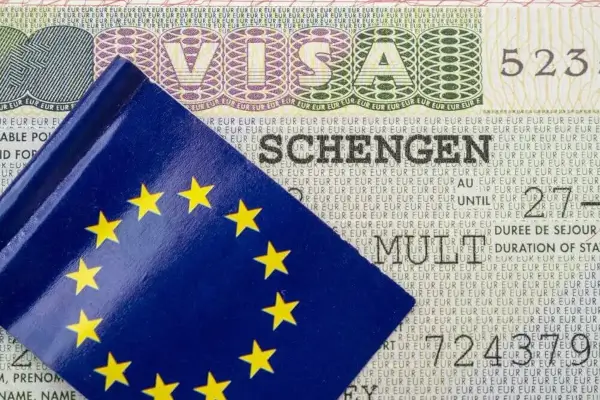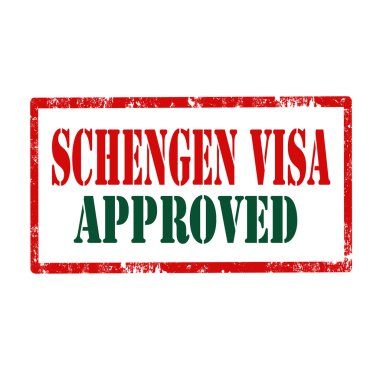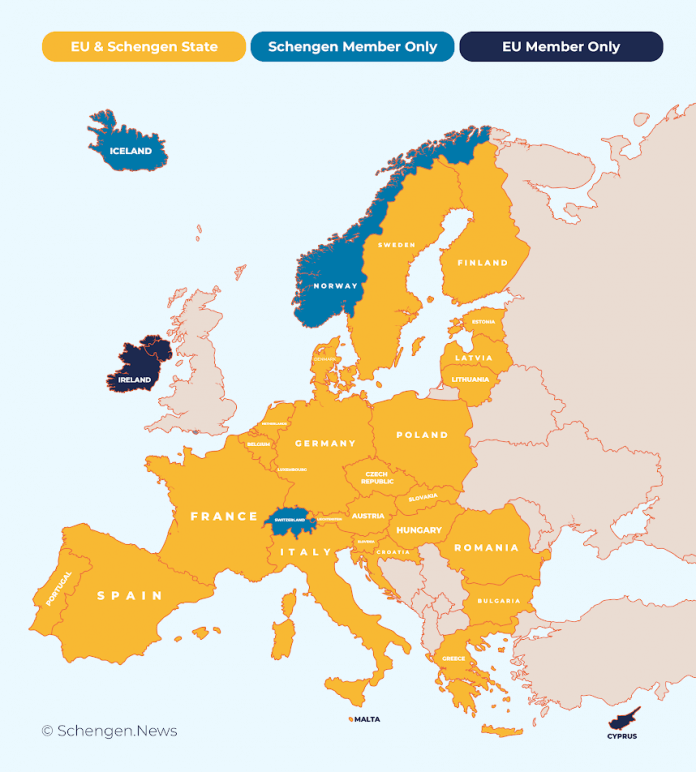
Everyone says, “just get a Schengen Visa, its easy” but nobody really explains what it is, which countries fall under it, or how to apply properly.
This blog post will do exactly that.
If you have plans of visiting anywhere in Europe like Paris, visiting friends in Germany, or attending a business conference in Italy, chances are you’ve heard the phrase Schengen Visa. And if you’re like most Nigerians planning their first trip to Europe, you probably have this question:
Abeg, what is this Schengen thing, and how does it work?
Lets answer that in plain, practical terms, no long story involved.

What Exactly is a Schengen Visa?
In simple terms, the Schengen Visa is a short-term visa that allows you to travel to 29 European countries with just one application. That means if you’re going to France, Spain, and Germany on the same trip, you wont need three different visas. Just one Schengen Visa covers it all.
This visa came from the Schengen Agreement, a pact that allows free movement across participating countries—this is like what the ECOWAS passport does for West African countries.
Lets say you’re attending a wedding in Italy but want to explore France and the Netherlands during your stay. With a Schengen Visa, you can do that seamlessly, no extra paperwork, no extra stress involved.
But here’s the catch: its only easy when you understand how it works and how to apply for it the right way.
List of Schengen Countries
The Schengen Visa grants you access to the following 29 countries:
- Western Europe: France, Germany, Netherlands, Belgium, Luxembourg
- Southern Europe: Italy, Spain, Portugal, Greece, Malta
- Northern Europe:Denmark, Finland, Sweden, Norway, Iceland
- Central &Eastern Europe: Poland, Hungary, Czech Republic, Slovakia, Slovenia, Lithuania, Latvia, Estonia
- Microstates: Austria, Switzerland, Liechtenstein
- Others: Andorra, Monaco, San Marino, Vatican City
Note:The UK and Ireland are NOT Schengen countries.

Types of Schengen Visas
Depending on your purpose of travel, you’ll need to choose the right visa type. Here are the most common ones:
- Tourist Visa – For sightseeing and vacations.
- Business Visa – For meetings, conferences, or corporate visits.
- Family/Friends Visit Visa – If you’ve been invited by someone living in a Schengen country.
- Transit Visa – For short layovers at Schengen airports.
Tip: Always choose the visa category that matches your purpose of travel.
Dont say “tourism”when you’re going for a conference—it raises red flags and that’s an automatic disqualification.

How Long Does A Schengen Visa Allow You stay For?
A standard Schengen Visa allows you to stay for up to 90 days within any 180-day period. This means you can spend a maximum of 90 days or 3-months in a 6 months window in the Schengen zone. If you overstay, you could be banned from applying in the future.
You’ll also need to understand the difference between:
- Single-entry visa – This is a Schengen visa that after one trip, then it expires.
- Multiple-entry visa – You can travel in and out multiple times within the validity period of the visa.
What You Can (and Can’t) Do With a Schengen Visa
With a Schengen Visa you can;
- Go on vacation
- Attend a conference or meeting
- Visit family or friends
- Transit through Schengen airports
You CAN’T:
- Work or get paid employment
- Study long-term
- Relocate permanently
If your intention is to move, study, or work in Europe, you’ll need to apply for a different type of visa entirely
Up Next…In our next blog post, well walk you through the Schengen Visa Application Process, Step-by-Step so you’ll know exactly what to expect and how to prepare like a pro.
If you have any questions, you can ask drop them in the comment section, I would love to hear from you.